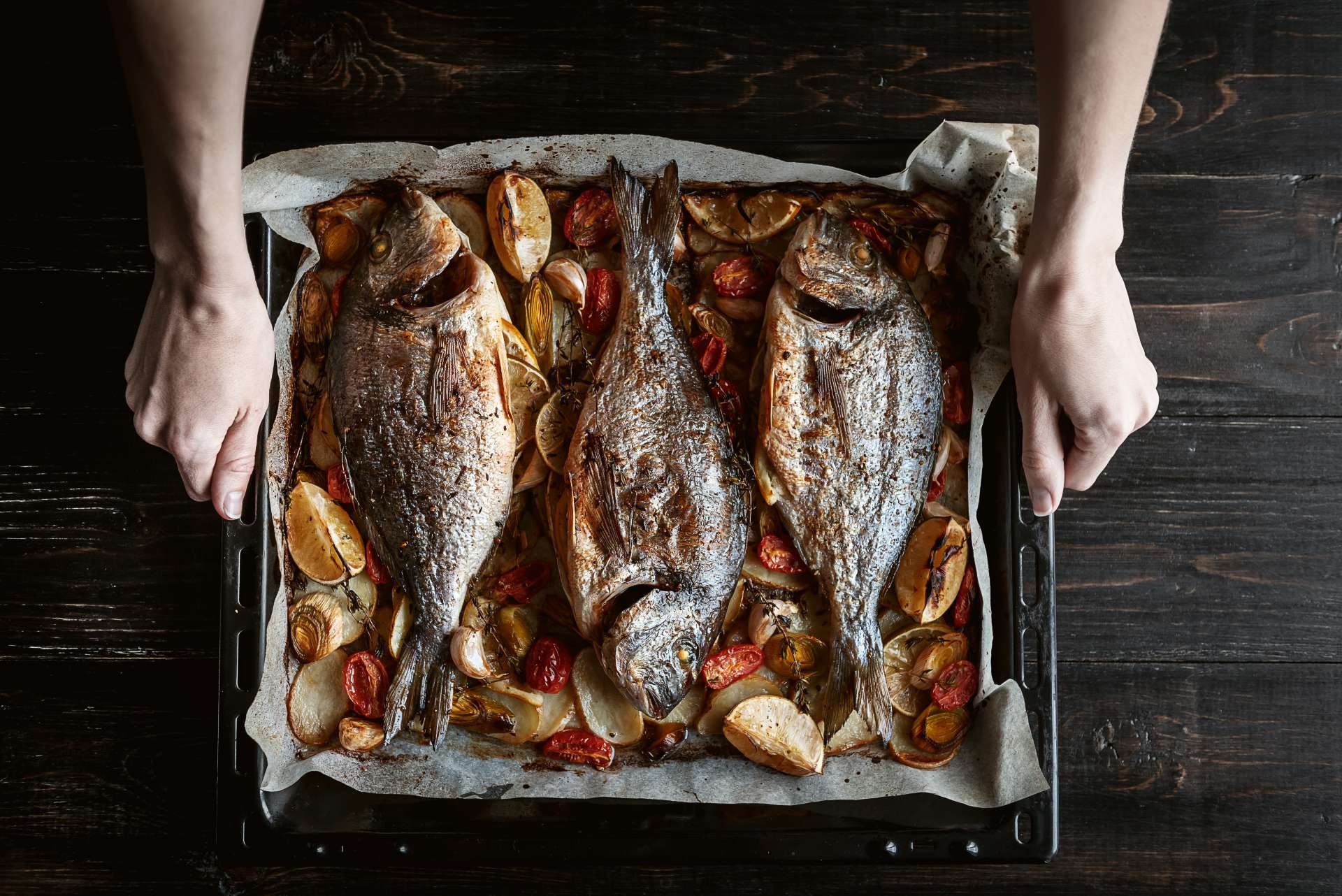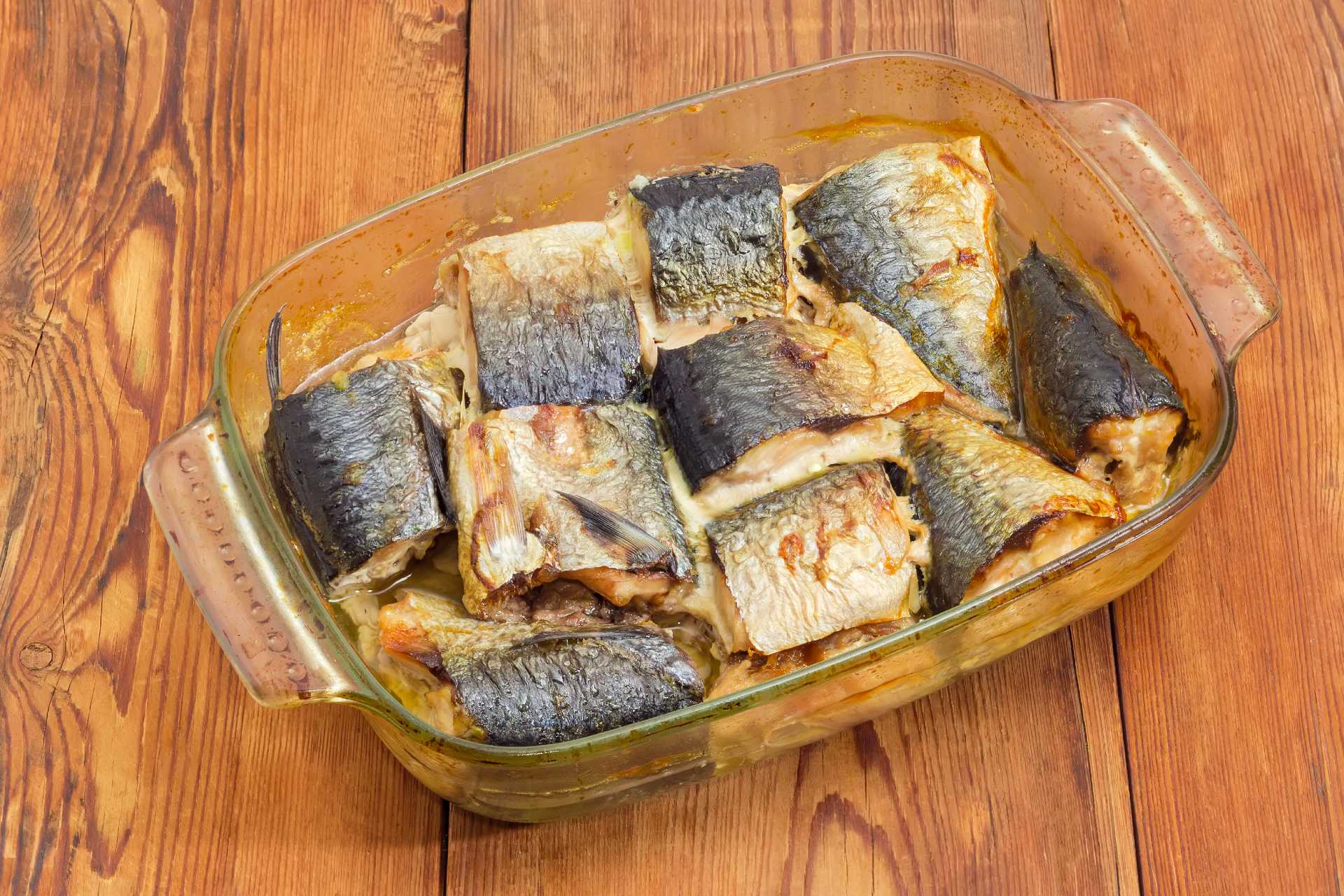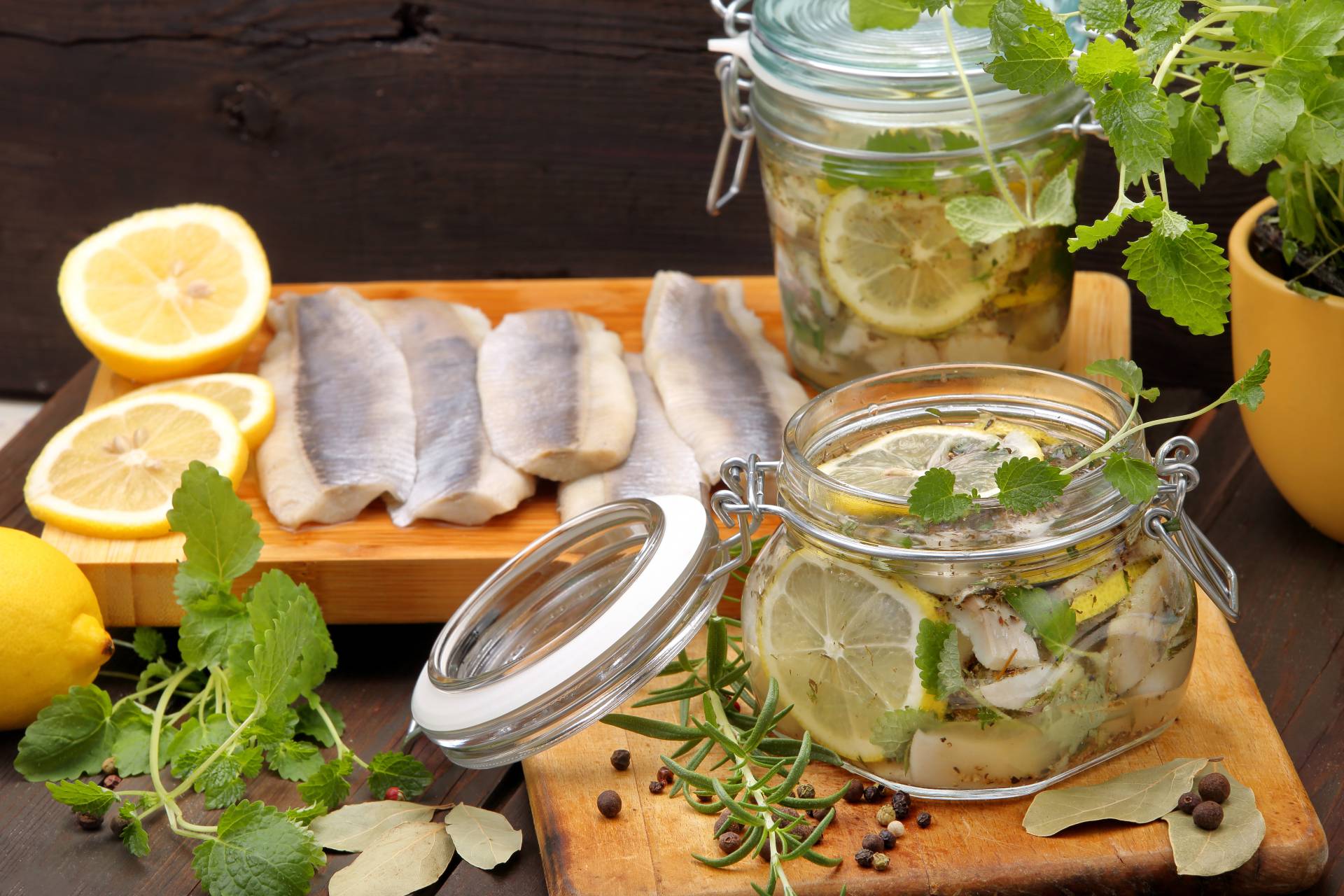Whether you bake it, fry it, poach it or steam it, there are few things as satisfying as a perfectly-cooked, flaky filet of fish. Some people are a little nervous when it comes to cooking fish, and while it does involve a bit of precision, if you have the right tools, and know what you’re looking for, it can actually be pretty simple.
To find out how you can achieve those perfect, flaky filets in your own kitchen, take a look at our guide to everything you’ll ever need to know about fish cooking temperatures.
How fish cooking works
It is true that cooking fish requires a little more attention to detail than most meats. This is because fish has a lower collagen content than meat, with muscle fibres that are up to ten times shorter. Because of this, fish is far more sensitive to heat, and will rapidly start to lose moisture if cooked for too long.
Cooking fish is a balancing act between making sure the meat is cooked through, with any harmful bacteria destroyed, and preventing it from drying out. Unlike red meat, there is rarely any scope for different levels of doneness: the fish is either undercooked, cooked or overcooked.













